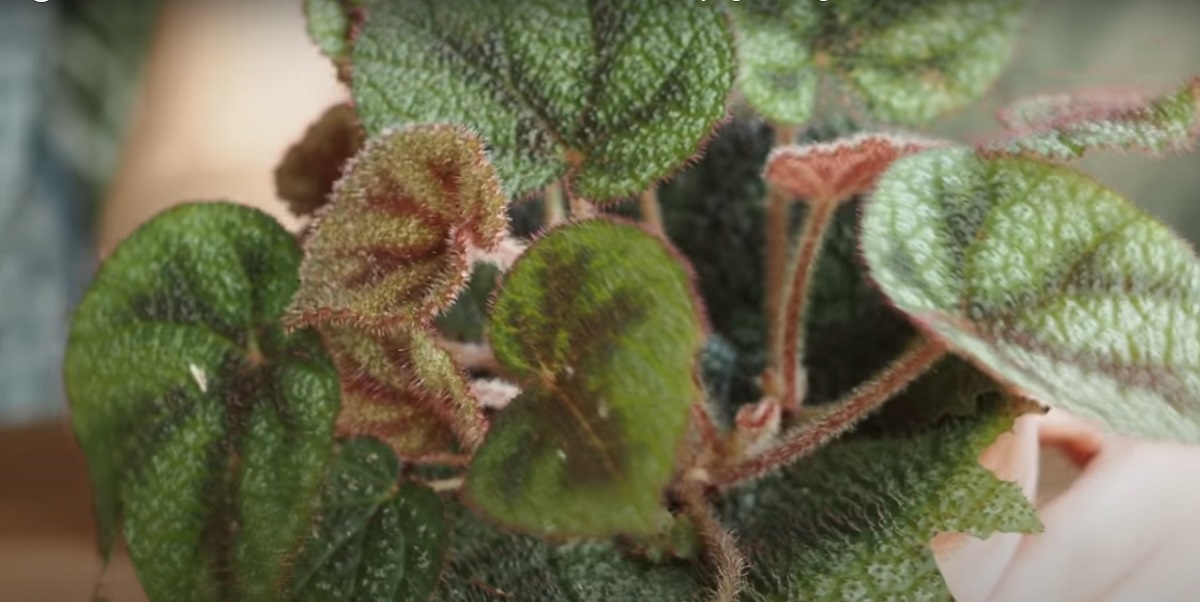how to propagate rex begonia from stem cuttings?
introduction
Begonia is one of the most beautiful houseplants, and everyone who has this beautiful flower in their home wants to propagate this beautiful flowering plant that can be easily propagated and cultivated.
Begonia is one of the evergreen houseplants that stand out for its beauty.
In the following article, you will learn how to propagate begonias and what are the conditions of care for this houseplant.
The time for planting and propagation of this flower is often early spring.
There are several types of begonias, and they are divided by the tuber, which is their storage form.
how to propagate rex begonia from stem cuttings?
In the pruning method with boot in the spring, it is better to cut the non-flowering branch diagonally, which is at least 10 cm long and has two nodes and some leaves.
Then separate the leaves of the lower part of the stem and leave in the remaining part 2-3 leaves, this is enough, in this case, the plant will spend a greater part of its energy on rooting.
Then place it in a suitable bed of sand or a mixture of coconut palms and perlite, of course, so that half of the stem is outside the soil.
To maintain moisture and create greenhouse conditions for better growth of seeds, you can cover the soil with a transparent plastic film, always keep the soil bed moist, and repot the plant in a new pot after it has taken root and grown a few leaves.
Planting by seed The best seasons for propagating begonias are spring and summer, and since propagating this plant by seed is a difficult task, this method is not chosen to do this work at home.
Flowering begonias are very easy to cultivate by seed, as there are no problems with the simultaneous maturation of pollen and stigma, and the production of seeds is large.
The right seed is the one that is genetically pure, because then it will give the best harvest and its genetics will always be stable.
Now you can sow this seed in late winter and cover it with soil, then press the seeds with a tool like a board so that the seeds stick to the soil.
The soil must be kept constantly moist until the seeds germinate. To get more moisture and create greenhouse conditions for better seed growth, cover the soil with clear plastic.
When the seeds have germinated, slowly remove the cover from the bed.
As soon as the seedlings grow bigger and get leaves, you can transplant them to a new pot with the right soil for the plant’s growth.
Conditions for storing begoniasSoil
The best soil for planting and caring for begonias is soil with good drainage, which should also be slightly acidic.
The best soil for this flower is a mixture of soft soil + sand + peat.
Watering: the water consumption of this plant is between medium and high.
For balanced watering, it is better to water twice a week in summer and once a week in winter.
Note: Water the plant in winter when its surface is dry, otherwise the plant will rot, and do not water the plant, otherwise it will mold.Light: Begonias need indirect light and most of these plants are shade-loving.
Temperature: the most suitable temperature for begonia flowers is 21 degrees in summer and 16 degrees in winter.
To store the tubers of this plant in winter, you need to keep them in a place without humidity at a temperature of 13 degrees.
Humidity: begonia needs sufficient humidity for its growth, and it does well at humidity levels between 50 and 80%.
To plant and propagate autumn begonia next year, remove the tubers from the pot in winter, wrap them in newspaper, and store them in a cool, dry place for planting. Do this again in the spring to get another begonia.
Conclusion
propagating and caring for begonias is a rewarding journey that allows plant enthusiasts to cultivate these exquisite flowering plants with ease.
Whether through stem cuttings or seeds, the propagation process offers opportunities for creativity and experimentation, resulting in thriving begonia plants.
By providing the right conditions, including well-draining soil, appropriate watering schedules, indirect light, and suitable temperatures, begonias can flourish indoors and outdoors, adding beauty to any space.
Additionally, ensuring optimal humidity levels contributes to the health and vitality of these plants, allowing them to thrive year-round.
As winter approaches, storing begonia tubers in a cool, dry place prepares them for future planting, ensuring a continuous cycle of growth and propagation.
With proper care and attention to detail, begonias can grace homes, gardens, and landscapes with their captivating blooms and vibrant foliage.
So, whether you’re a seasoned gardener or a beginner enthusiast, exploring the world of begonias offers endless possibilities for enjoyment and discovery.
Embrace the beauty of these remarkable plants and embark on a journey of growth, propagation, and appreciation for nature’s wonders.















